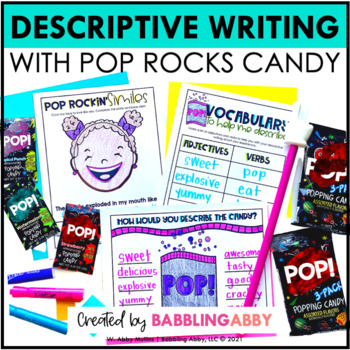I am linked up with Doodle Bugs Teaching for Five for Friday
What a crazy week...make that a crazy few weeks! What is life without a little crazy right?!
I found a great blog post about Abe Lincoln, but I can't remember who to give credit to. So if you know who's fabulous idea this is, please let me know!
After having a nice long three day weekend, we came back to school ready to learn a little about presidents. We started off with learning about our 16th president!
We read a book about Abe Lincoln.
Made a chart with some of our new learning. One of the things we learned was that he was a very tall man, 6ft 4in tall!
We compared our height to that of President Lincoln! My status as being tall, quickly diminished!
It was Tropical Island Day on Friday! This is a long standing school tradition to get us over the winter blues!
The day was filled with...
Hula Dancing...
Hula Hooping...
surfing pictures...
tropical math and...
tropical fruit!
Thanks to Babbling Abby, my students love, LOVE, LOVED Pop Rock Writing!

I finished my last Golden Apple observation! YAHOO!
Now that the stress of 4 classroom observations and an interview is over, I can get back to blogging on a more regular basis!
Now it is just a waiting game to see if our of the 20 finalists, if myself and colleague will become one of the 5 Golden Apple Recipients on March 14th.
My husband surprised me with a family photo session for Valentine's Day!
Love family photos!
























